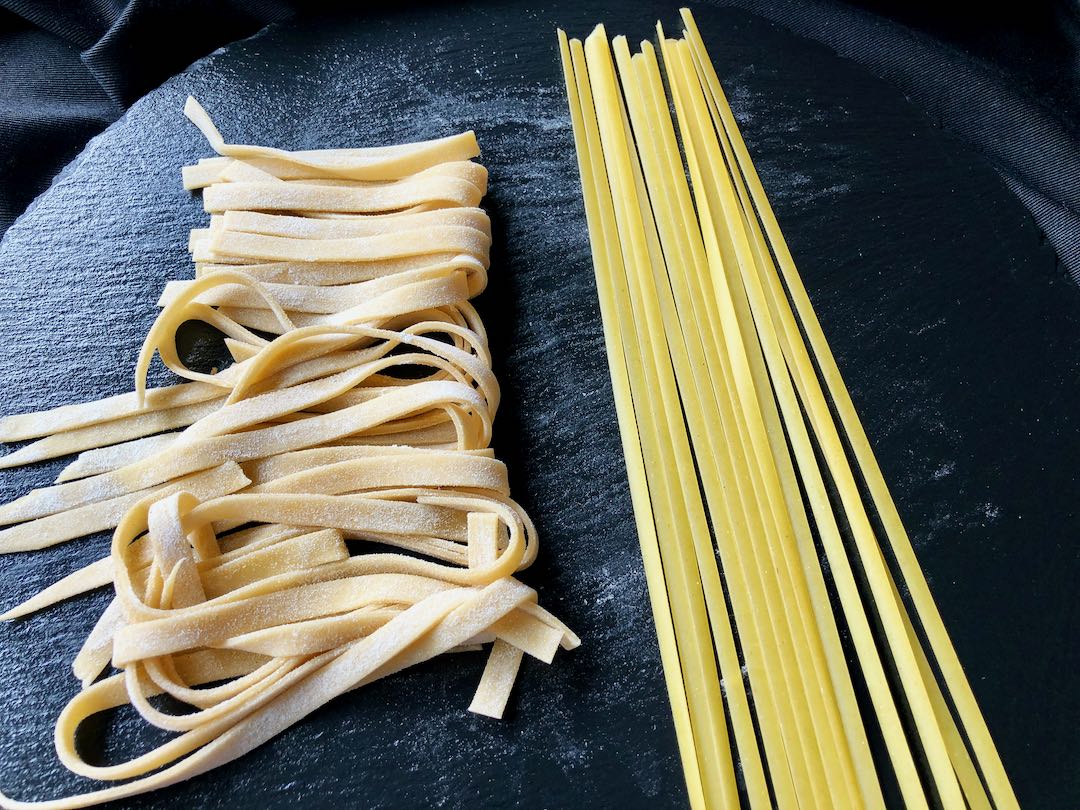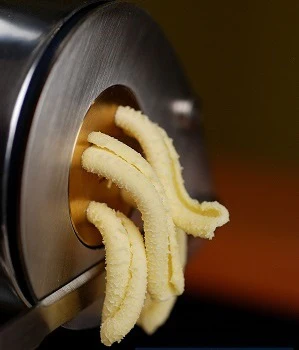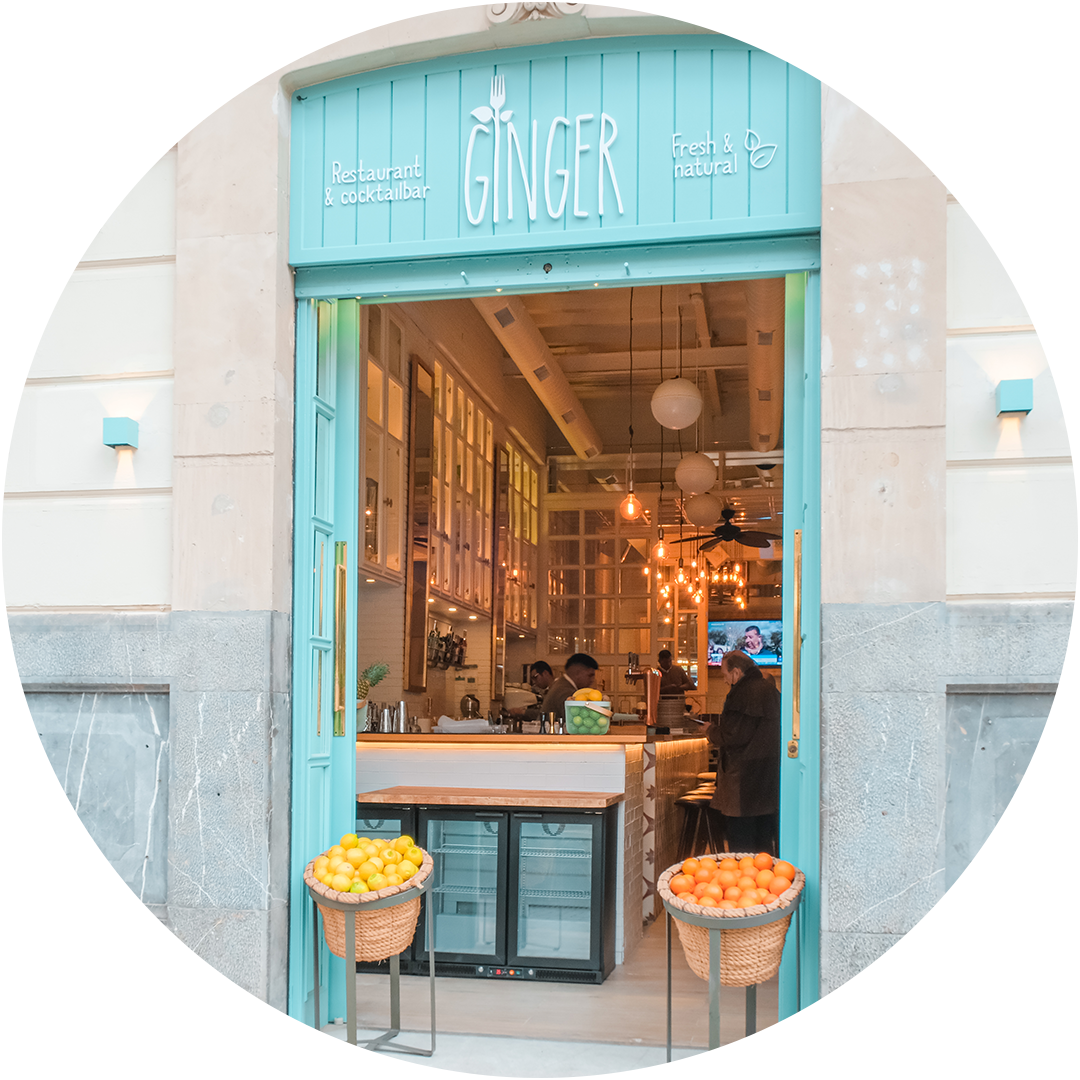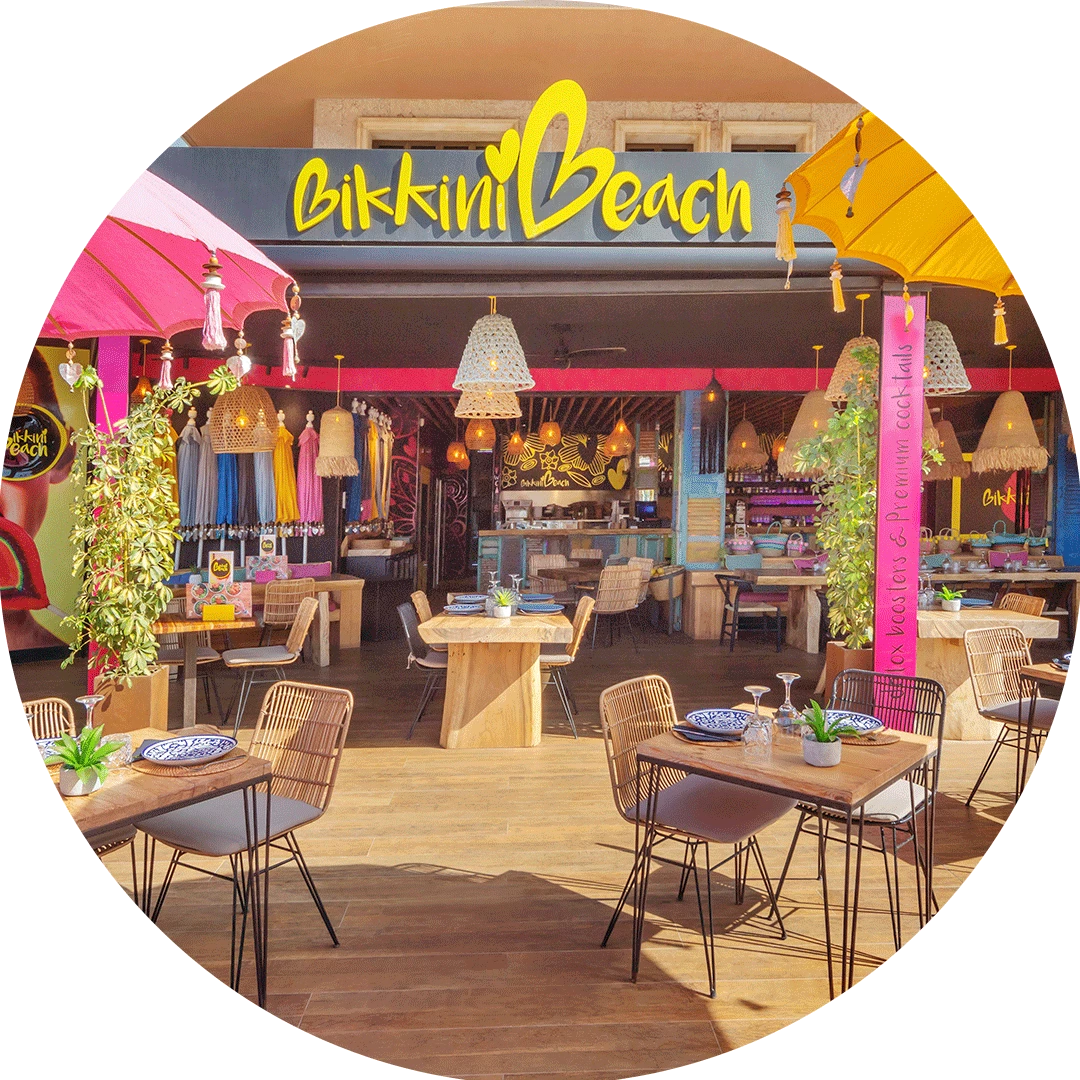Pasta has become a commodity in today’s world. Anywhere you go grocery shopping you will find it right in front of you. It has become so mundane that you can even buy frozen ready meal pasta dishes at almost every convenience store. This piece of Italian culinary culture and history has been taken for granted, transformed into fast food and unappreciated for its complexity. In what follows we will dive deeper into this beloved food and illustrate the differences between fresh vs dry pasta.
“Pasta was considered a dish for the wealthy, taking pride of place in aristocratic banquets during the Renaissance”
‘The Twisted History of Pasta’ by Alfonso López
Fresh vs Dry Pasta
It is a common belief that fresh pasta is superior to dry pasta. This is actually not the case. Both are made with completely different ingredients and require a different process in production. They are also not compatible with the same type of sauces. This is because their specific texture is inherently different. While freshly handmade pasta is characterised by its light and soft texture, dry pasta is able to provide a special something, the point of “al dente”. This term literally translates to toothsome and means that the pasta will have some bite and bounciness.

Creating «al dente»
This unique and very important attribute cannot be replicated by any fresh pasta. Reason for this is because dry pasta is made with semolina flour (semola di grano duro) and water. Once the dough is rested it is extruded through dies of different pasta shapes. In the case of good quality pasta it is extruded through bronze dies which creates the rough exterior allowing the sauce to stick to the pasta. It is also recognisable for the white powder-like coating around it which contains the starch used to bind the ingredients in the sauce and adjust the consistency.
Furthermore good quality pasta takes a 6-8 hour long process of drying, ventilation and resting. The difficulty is precisely regulating the temperature and humidity as slight irregularities will result in an inferior quality and an inconsistent product.



Rustic Handcraft
Fresh Pasta on the other hand entails a much quicker and simpler process but demands a high level of craftsmanship. It is commonly made by combining eggs, hard wheat flour, a pinch of salt and optionally olive oil. In comparison to the complex dry pasta machines in the factory, making your own fresh pasta at home mainly requires a pasta roller and a cutter attachment if not cut by hand. The process involves kneading the dough, flattening the sheet through the press and then finally cutting it in the desired shape.
Kneading the dough by hand is a skill in itself but besides that the right balance of ingredients also matters as the dough could be too loose or too tacky. As a consumer, making your own pasta allows you to control the flavours by varying the amount of salt as well as the ratio between egg yolks and egg whites.


The Best Pasta in Playa de Palma
At Enjoy’s restaurants located in the heart of Palma Strand which means right at the feet of the beach we made sure to acknowledge pasta’s characteristics. This involves paying respect to the origin and craftsmanship of this ingredient and using these insights to enhance our culinary creations. The distinction between fresh vs dry pasta is something that we incorporate into our ‘dishcision’ making as these are not simply interchangeable but serve unique purposes.
The best Pasta at Enjoy Restaurants
At Ingwer Strand, we use a dry long pasta such as spaghetti or linguine for our Cacio e Pepe with Avocado, a healthier interpretation of this ancient roman dish. This is because this creamy sauce which simply consists of cheese (usually Pecorino Romano) and pepper is perhaps minimalistic in its ingredients but packs an incredibly intense flavour which can only be matched by the tender-firm chewy texture of dry pasta. For our luscious Lobster Spaghetti on the other hand, we pair this delicate seafood dish with a delicate yet flavourful fresh egg pasta enabling us to accentuate its flavours.


Die Strandbar is a place that truly inhabits the Mediterranean spirit of the island and represents Spanish cuisine through its most infamous dishes. We try to match our guests expectations by offering seafood platters, ceviche, iberic pork and homemade croquettes. Then we take these traditional dishes and give them our own spin to elevate flavor, quality and depth. Thereby we create unforgettable tastes that exceed the guests expectations. This is also the case with our Paella Pasta. We combine the best of both worlds and invite fresh pasta to enter the mallorquin kitchen through pairing it with Vongole Diavola or Frutti di Mare in our paella vessels.
We are not just limited by the distinction between dry and fresh pasta and different degrees of quality in production. Pasta can also be modified in other ways that will change its properties and flavour. At Chalet Siena, we demand from ourselves to strive for the best possible ingredients, ways of preparation, presentation and delivery to our guests. This is why we have established our restaurant as the place to be on the island. Consequently we introduced a new type of Fettuccine pasta to our menu which is made with squid ink, giving the dish a deep black colour but also new layers of flavour. These blend in beautifully with salmon, fennel and Cava to create an extraordinary dish.



